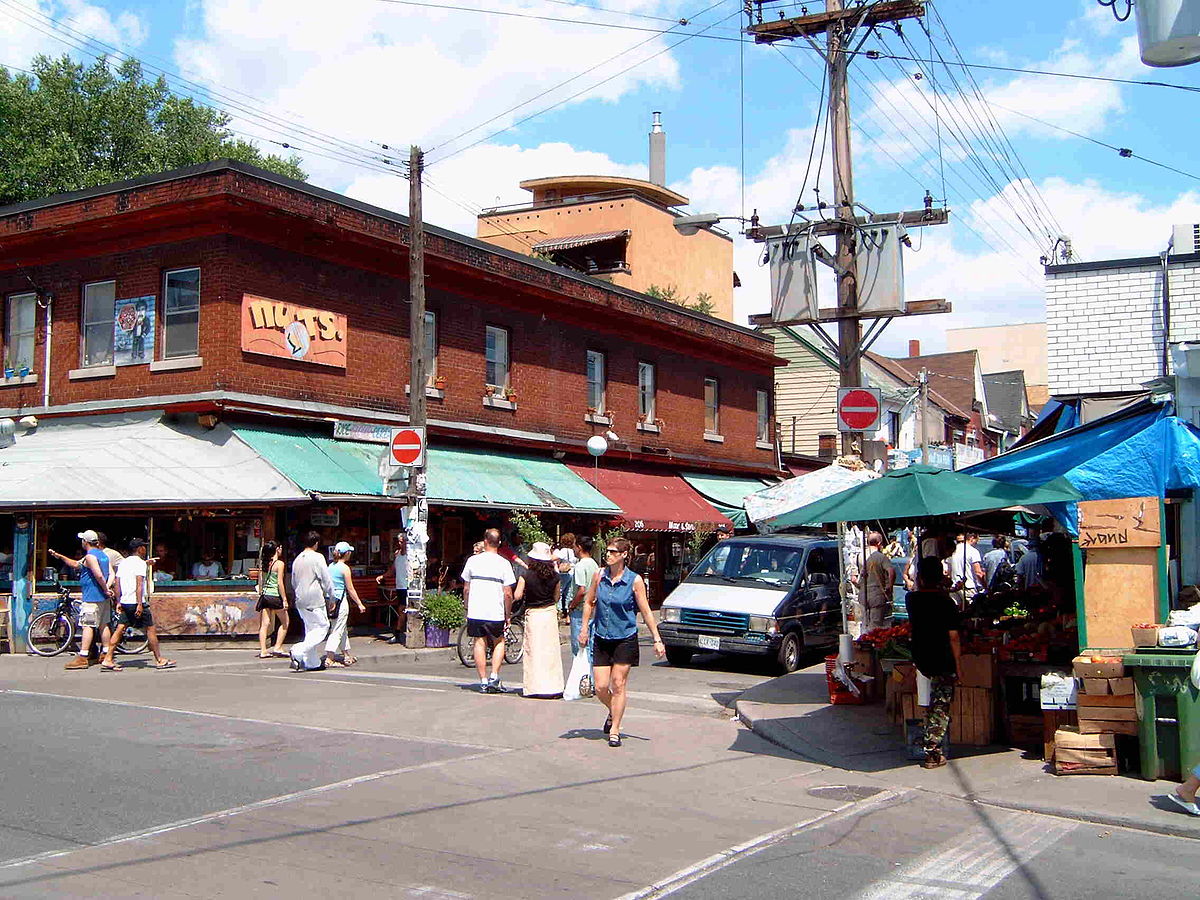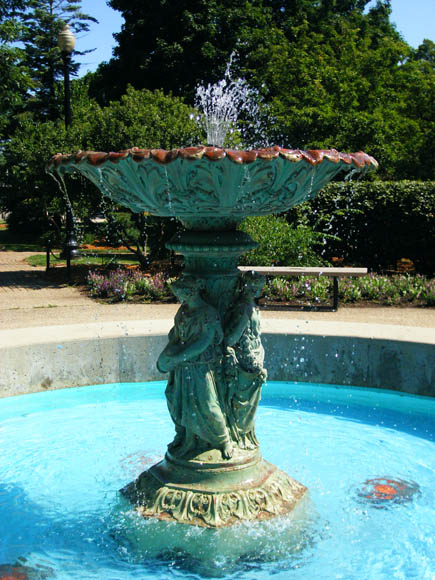What You Don't Know About Caribbean Cuisine Could Be Costing To More Than You Think
조회 수 5 추천 수 0 2020.07.16 15:10:12Wedged between Guyana and Guiana is Suriname, the location of what are thought to be the very best maintained African cultural patterns in the Western Hemisphere. Suriname is home to the descendants of the Saramaka (Saramacca, or Saramaccaners), who live along the banks of the Suriname River, and the Djuka Maroons (they prefer the term Aucans or Aucanners), communities formed in the early eighteenth century.
The forefathers of the Saramaka were agricultural professionals who already had a distinct horticultural calendar established by the mid-eighteenth century. Early Saramakans cultivated the very same massive range of crops their descendants produce today. One such crop is rice. Understood as alesi, the seventy cultivated ranges consist of much of their existing diet plan, although wild rice is grown today just for use in rituals to honor their eighteenth-century forefathers.
A simple sample of the video game meat, fish, and birds, protected mostly by cigarette smoking and salting, includes akusuwe, a sort of rabbit; mbata, a small deer; malole, which is armadillo; and awali, or opossum, eaten just when absolutely nothing else is offered to accompany rice. Completing their larder is the tree porcupine, known as adjindja, in addition to logoso (turtle), akomu (eel), peenya (piranha), and nyumaa, or pataka, spoken of as "the very best fish in the nation." Anamu (bush hen), maai (bush turkey), gbanini (eagle), patupatu (wild duck), soosoo (large parakeet), and pumba (blue and red parrot) are likewise consumed in abundance.
Completing their larder is the tree porcupine, known as adjindja, in addition to logoso (turtle), akomu (eel), peenya (piranha), and nyumaa, or pataka, spoken of as "the very best fish in the nation." Anamu (bush hen), maai (bush turkey), gbanini (eagle), patupatu (wild duck), soosoo (large parakeet), and pumba (blue and red parrot) are likewise consumed in abundance.
Preparation of foods includes roasting, frying, boiling, or browning meats initially in several of five varieties of palm oil, then simmering with vegetables and/or root crops and several of 10 cultivated ranges of hot peppers. Fifteen varieties of okra are cultivated, together with mboa and bokolele (mboa is amaranth, however both are called wild spinach).
From the fifteenth through the 19th centuries, Africans, as servants, contributed their labor skills, religious beliefs, music, and cooking competence to produce societies and cultures in every country in the Americas. The reinvention of culinary customs and social patterns based on African heritage demonstrated strong cultural determination and resistance within plantation, and specifically Maroon, neighborhoods, which were established any place slavery existed.
Those legacies are filled with cooking and food strongly similar to, or identical to, those of their African forefathers and therefore continue to transmit the worths and improve the cooking experiences of not just Africans in the Americas but most other cultures in the Americas too. Although these countries have adopted African cooking traditions as their own, most of the times there is little or no recognition of their roots.
For Africans and their descendants in the Americas, food and its preparation are deeply infused with social and cultural significance rooted in African traditions and have always held an intrinsic role in producing, protecting, and transferring expressions of ethnic cohesion and continuity. It is hoped that there will be an ultimate appreciation of African cooking heritage not just in Latin America and the Caribbean but throughout the world.
African Civilisations in the New World. New York: Harper, 1971.Cools-Lartigue, Yolande. The Art of Caribbean Cooking. Richmond, B.C., Canada: KoolArt, 1983. Counter, S. Allen, and David L. Evans. I Sought My Sibling: An Afro-American Reunion. Cambridge, Mass.: MIT Press, 1981. Gonzalez, Nancie L. Sojourners of the Caribbean. Urbana and Chicago: University of Illinois Press, 1988. HISPA.
Basking Ridge, N.J.: Hispanic Association of AT&T Worker, New Jersey Chapter, 1995. Irwin, Graham W. Africans Abroad: A Documentary of the Black Diaspora in Asia, Latin America, and the Caribbean During the Age of Slavery. New York: Columbia University Press, 1977. John, Yvonne. Guyanese Seed of Soul. Holly Hill, S.C.: R&M, 1980. Kloos, Peter.
Assen, Netherlands: Van Gorcum, 1971. Lalbachan, Pamela. The Complete Caribbean Cookbook. Vancouver: Raincoast Books, 1994. Manning, Frank E. "Celebrating Cricket: The Symbolic Construction of Caribbean Politics (Bermuda)." In Blackness in Latin America and the Caribbean: Social Dynamics and Cultural Transformations, Vol. 2: Eastern South America and the Caribbean, modified by Norman E.
"Celebrating Cricket: The Symbolic Construction of Caribbean Politics (Bermuda)." In Blackness in Latin America and the Caribbean: Social Dynamics and Cultural Transformations, Vol. 2: Eastern South America and the Caribbean, modified by Norman E.
and Arlene Torres. Bloomington: Indiana University Press, 1998. Moore, Carlos, Tanya R. Saunders, and Shawna Moore, eds. African Presence in the Americas. Trenton, N.J.: Africa World Press, 1995. Mutunhu, Tendai. "Africa: The Birth Place of Iron Mining." Negro History Publication 44, no. 1 (1981 ): 520. Rate, Richard. "Subsistence on the Plantation Periphery: Crops, Cooking, and Labour Amongst Eighteenth-Century Suriname Maroons." In The Slaves Economy: Independent Production by Slaves in the Americas, edited by I.
D. Morgan. London: Frank Cass, 1991. Rahier, Jean. "Blackness as a Process of Creolization: The Afro-Esmeraldian Decimas (Ecuador)." In The African Diaspora: African Origins and New World Identities, modified by I. Okpewho, C. B. Davies, and A. A. Mazrui. Bloomington and Indianapolis: Indiana University Press, 1999. Rama, Carlos M. "The Passing of the Afro-Uruguayans From Caste Society into Class Society." In Race and Class in Latin America, modified by M.
New York City and London: Columbia University Press, 1970.Rojas-Lombardi, Felipe. The Art of South American Cooking. New York City: HarperCollins, 1991. Rout, Leslie B., Jr. The African Experience in Spanish America, 1502 to today Day. Cambridge: Cambridge University Press, 1976. Spivey, Diane M. The Peppers, Cracklings, and Knots of Wool Cookbook: The International Migration of African Cuisine.
Whitten Jr., eds. Blackness in Latin America and the Caribbean: Social Dynamics and Cultural Transformations, Vol. 2: Eastern South America and the Caribbean. Bloomington and Indianapolis: Indiana University Press, 1998. Wiseman, Winston C. Cuisine from the Island of St. Vincent. New York: Carlton, 1991. diane m. spivey (2005 ).
EVANSVILLE, Ind. The food of the Caribbean has lots of excitement: spices and herbs, fruity chiles, exotic fruits and veggies, rice and beans and even pasta and potato salads with distinct tastes. In case you loved this post and you would like to receive details with regards to https://Themondellos.com/calendar.Html kindly visit the page. The majority of adventurous restaurants recognize with the curries and allspice-scented jerk marinades of Jamaica, and the citrusy flavors of Cuba and the Main American coast have made regional inroads lately.
Four partners run the business, all initially from Haiti. Meldy Devallon, Lovelie Francois and Frensen and Lorvens Cede came together to offer a taste of home for Evansville's growing Haitian population and anybody else who enjoys the food of the Islands. Devallon came up with the concept and brought buddies together to make it take place." What brought me together with my partners is that Lovelie can cook.
" All my household lives in South Florida and Miami, however in my teen years, I remained in Job Corps in Kentucky. After I finished from high school, I needed a trade and thought I 'd deal with automobiles or something. Evansville was the closest city, and I chose to come here since the cost of living in Florida is so high.
" My dream was one day I wish to make something where I can serve those comfy foods. There's a great deal of Haitians and Dominicans and Africans here, and the Haitian and African foods utilize comparable seasoning." Some examples are Maggi spices, a dark brown liquid flavor enhancer comparable to soy sauce or Worcestershire sauce.
It's more of an accent. Rice and beans are prepared together with spices to make a universal protein-rich side dish that absorbs sauce, and plantains the huge starchy bananas ending up being more familiar in Evansville are a staple. Thick slices are prepared up until soft, smashed into patties and cooked up until crisp, similar to Cuban tostones.





